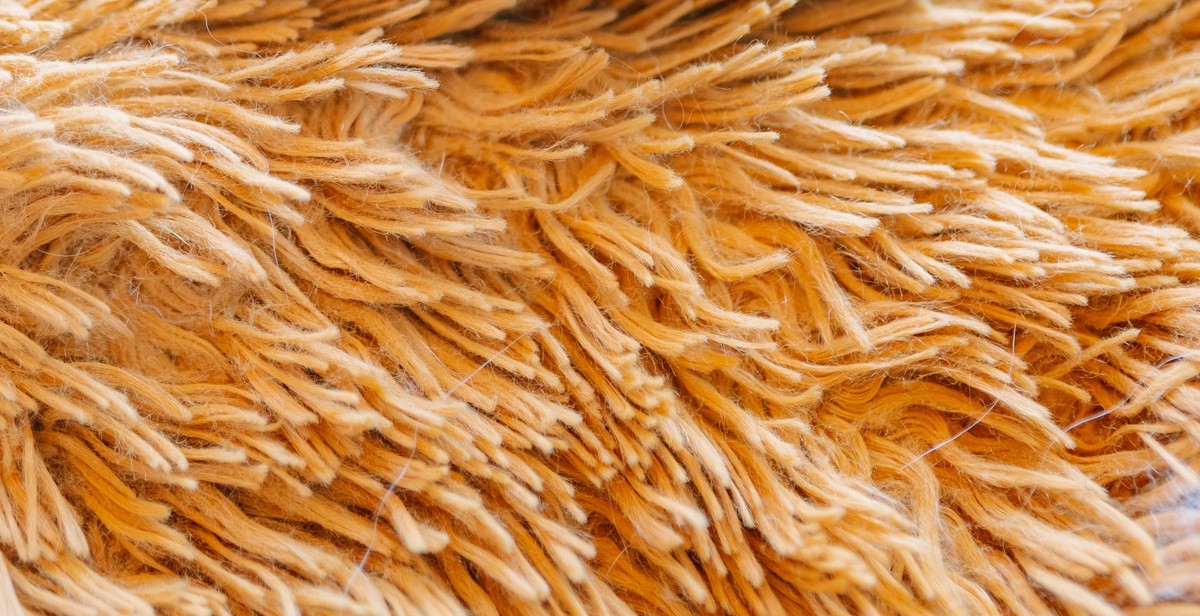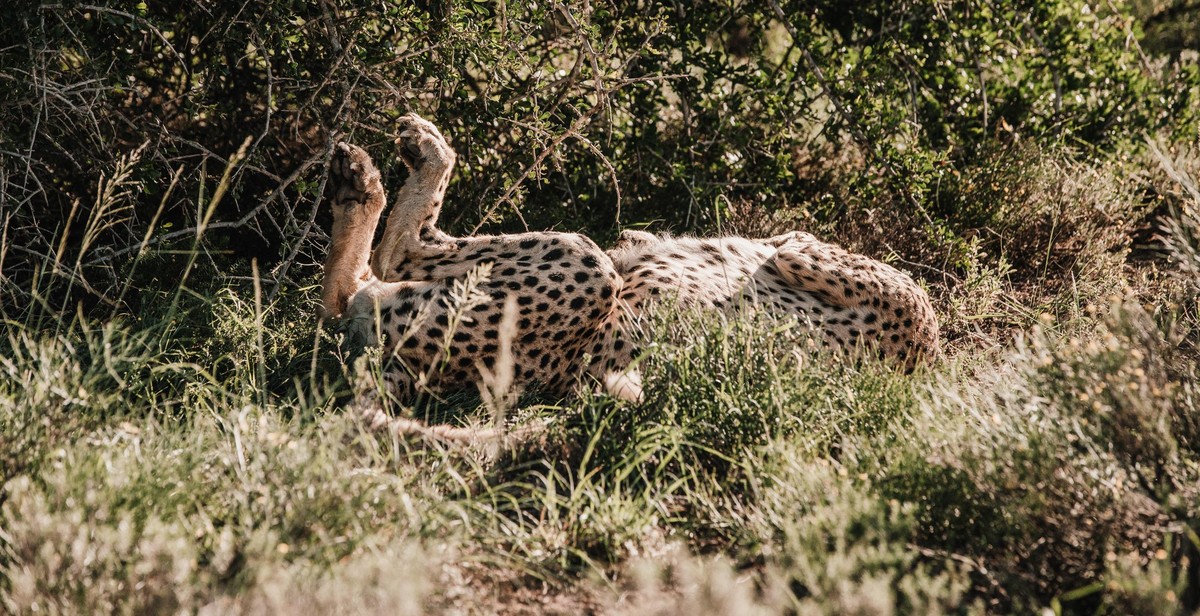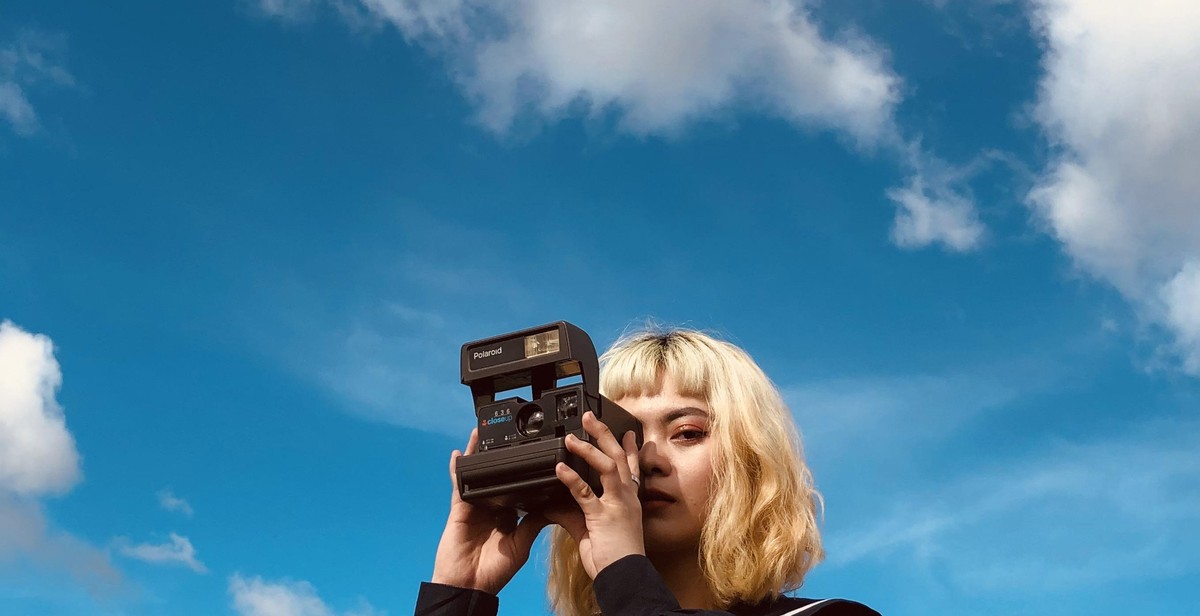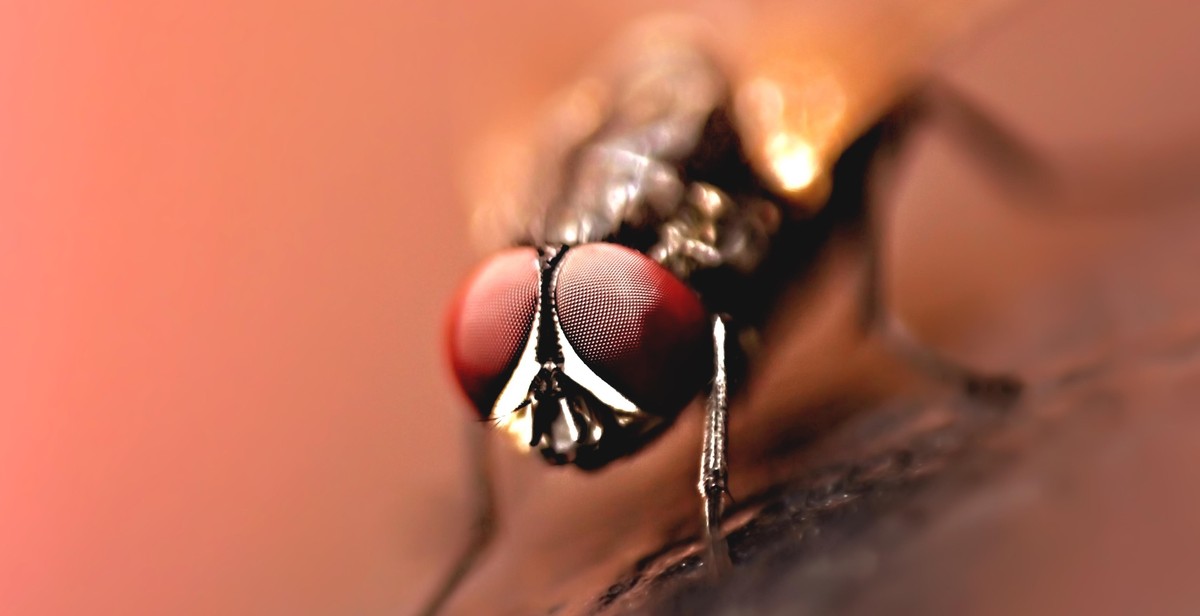How to Photograph Wildlife: Techniques for Capturing Amazing Animal Shots
As a professional photographer with years of experience capturing wildlife, I can tell you that there’s nothing quite like the thrill of getting the perfect shot of an animal in its natural habitat. Whether you’re a seasoned pro or a beginner just starting out, capturing stunning wildlife photos takes patience, skill, and a bit of luck.
Why Photographing Wildlife is Different
Photographing wildlife is a unique and challenging experience that requires a different approach than other types of photography. Unlike still life or portrait photography, wildlife is unpredictable and constantly on the move. You have to be quick on your feet and ready to capture the moment when it presents itself.
Additionally, photographing wildlife often requires specialized equipment and knowledge of animal behavior. Knowing how to read an animal’s body language can help you anticipate its next move and get the perfect shot.
Techniques for Capturing Amazing Animal Shots
In this article, I’ll share some of my top tips and techniques for photographing wildlife, including:
- Choosing the right equipment
- Understanding animal behavior
- Mastering composition and lighting
- And much more!
Whether you’re looking to capture the majesty of a lion on the savannah or the grace of a dolphin in the ocean, these tips will help you take your wildlife photography to the next level. So grab your camera and let’s get started!

Choosing the Right Camera and Lens for Wildlife Photography
Wildlife photography can be a challenging and rewarding genre of photography. To capture amazing animal shots, it’s important to have the right camera and lens. Here are some camera features and lens selection tips to consider when choosing your gear for wildlife photography.
Camera Features to Look for
When selecting a camera for wildlife photography, it’s important to consider the following features:
- Fast and Accurate Autofocus: Wildlife is unpredictable, so you need a camera with a fast and accurate autofocus system. Look for cameras with advanced autofocus systems that can track moving subjects.
- High-Speed Burst Mode: Wildlife moves quickly, so you need a camera that can capture multiple frames per second. Look for cameras with high-speed burst modes that can capture at least 5-10 frames per second.
- High ISO Performance: Wildlife photography often requires shooting in low light conditions. Look for cameras with high ISO performance, which will allow you to shoot at higher shutter speeds and freeze motion in low light.
- Weather Sealing: Wildlife photography can take you into harsh environments. Look for cameras with weather sealing to protect your gear from dust, moisture, and other elements.
Lens Selection for Wildlife Photography
The lens you choose for wildlife photography is just as important as the camera. Here are some tips for selecting the right lens:
| Lens Type | Advantages | Disadvantages |
|---|---|---|
| Telephoto Lens | Allows you to get close to wildlife without disturbing them. Great for capturing detail and isolating subjects. | Expensive and heavy. May require a tripod or monopod for stability. |
| Zoom Lens | Allows you to adjust focal length quickly and easily. Versatile for different shooting situations. | May not have as much reach as a telephoto lens. May not be as sharp as a prime lens. |
| Prime Lens | Sharp and fast. Ideal for low light situations. Often have wider apertures for shallower depth of field. | Fixed focal length may not be as versatile for different shooting situations. |
When selecting a lens, consider the focal length you need for the type of wildlife you’ll be photographing. A 300mm lens is a good starting point, but you may need longer if you’re photographing birds or other small animals. Image stabilization can also be helpful for handheld shooting.
With the right camera and lens, you’ll be well on your way to capturing amazing animal shots. Happy shooting!

Understanding Your Subject
Before you start photographing wildlife, it is essential to understand your subject. This involves researching and learning about the animal’s behavior, habitat, and characteristics. By understanding your subject, you can anticipate their movements and capture stunning shots.
Researching Your Subject
Researching your subject is the first step to understanding it. You can start by reading books, articles, and online resources about the animal you wish to photograph. This will give you an idea of their behavior, habitat, and feeding patterns. You can also watch documentaries about the animal to get a visual representation of how they behave in the wild.
Another way to research your subject is by talking to experts or people who have experience photographing the animal. They can give you tips and tricks that can help you capture the perfect shot.
Learning Animal Behavior
Learning animal behavior is crucial to capturing amazing wildlife shots. By understanding how the animal moves and behaves, you can anticipate their actions and capture stunning shots. For example, if you are photographing a bird, you need to know how they fly, how they hunt, and how they interact with other birds.
One of the best ways to learn animal behavior is by observing them in the wild. Spend time watching the animal you wish to photograph. Observe their movements, their interactions with other animals, and their feeding patterns. This will give you a better understanding of the animal and help you capture amazing shots.
Overall, understanding your subject is crucial to capturing amazing wildlife shots. By researching and learning about the animal’s behavior, habitat, and characteristics, you can anticipate their movements and capture stunning shots. Take your time to learn about your subject and observe them in the wild, and you will be rewarded with amazing shots.

Preparing for the Shoot
Photographing wildlife is an exciting and challenging experience. It requires a lot of patience, skill, and preparation. To capture amazing animal shots, you need to scout locations and pack the right gear. Here are some tips to help you prepare for your wildlife photography shoot:
Scouting Locations
Scouting locations is an essential part of wildlife photography. You need to find the right place to capture the animals you want to photograph. Research the area you plan to visit and find out what kind of wildlife lives there. Look for areas with a high concentration of animals, such as national parks, nature reserves, and wildlife sanctuaries.
When scouting locations, pay attention to the time of day and weather conditions. Animals are more active during certain times of the day, such as early morning or late afternoon. They are also more active when the weather is cooler, such as during the fall or winter months.
Packing the Right Gear
Packing the right gear is crucial for a successful wildlife photography shoot. You need to have the right equipment to capture high-quality images of animals. Here are some essential items to pack:
- A camera with a long lens: A telephoto lens is essential for capturing close-up shots of animals. A lens with a focal length of at least 300mm is recommended.
- A tripod: A sturdy tripod is essential for keeping your camera steady and reducing camera shake.
- Batteries and memory cards: Make sure you have plenty of batteries and memory cards, so you don’t miss any shots.
- Clothing and footwear: Dress appropriately for the weather conditions and wear comfortable footwear, as you may need to walk long distances.
- Binoculars: Binoculars can be helpful for spotting animals in the distance.
By scouting locations and packing the right gear, you’ll be well-prepared for your wildlife photography shoot. With patience, skill, and a little bit of luck, you’ll be able to capture amazing animal shots.

Techniques for Capturing Amazing Animal Shots
Photographing wildlife is a challenging yet rewarding experience. Capturing amazing animal shots requires a combination of skills, patience, and a bit of luck. In this section, we will discuss some of the techniques that can help you take incredible wildlife shots.
Composition and Framing
Composition is crucial in wildlife photography. It is essential to position yourself in a way that allows you to capture the animal’s unique features. Framing is equally important as it helps you to create a balance between the animal and its surroundings. Some of the composition and framing techniques that you can use include:
- Rule of thirds
- Leading lines
- Fill the frame
- Use foreground elements
Shutter Speed and Aperture Settings
Shutter speed and aperture settings are critical in wildlife photography. A fast shutter speed is essential in capturing fast-moving animals, while the aperture setting helps to create a shallow depth of field, which isolates the animal from its background. Some of the recommended settings include:
| Animal Type | Shutter Speed | Aperture Setting |
|---|---|---|
| Birds in flight | 1/2000 or higher | f/5.6 or lower |
| Large mammals | 1/500 or higher | f/8 or lower |
| Small mammals | 1/250 or higher | f/4 or lower |
Lighting and Exposure
Lighting and exposure are critical in wildlife photography. It is essential to understand how to use natural light to your advantage and expose your shots correctly. Some of the techniques that you can use include:
- Golden hour
- Backlighting
- Spot metering
- Exposure compensation
Using a Tripod or Monopod
Using a tripod or monopod can help you stabilize your camera and capture sharper images. It is especially useful when using longer focal lengths or slower shutter speeds. Some of the benefits of using a tripod or monopod include:
- Reduced camera shake
- Improved stability
- Ability to shoot from different angles

Conclusion
Photographing wildlife can be a challenging yet rewarding experience. By employing the right techniques and equipment, you can capture stunning shots of animals in their natural habitat. Remember to respect the animals and their environment, and always prioritize safety when out in the wild.
Key Takeaways
- Invest in a quality telephoto lens to capture close-up shots of wildlife.
- Use a tripod or monopod to stabilize your camera and reduce blur.
- Shoot in burst mode to capture multiple shots in quick succession.
- Be patient and observant, allowing the animals to behave naturally and capture unique moments.
- Always prioritize safety and respect for the animals and their environment.
Final Thoughts
Photographing wildlife can be a fulfilling and exciting hobby or profession. With the right equipment, techniques, and mindset, you can capture stunning shots of animals in their natural habitats. Remember to always prioritize safety and respect for the animals and their environment, and enjoy the experience of capturing amazing animal shots.
